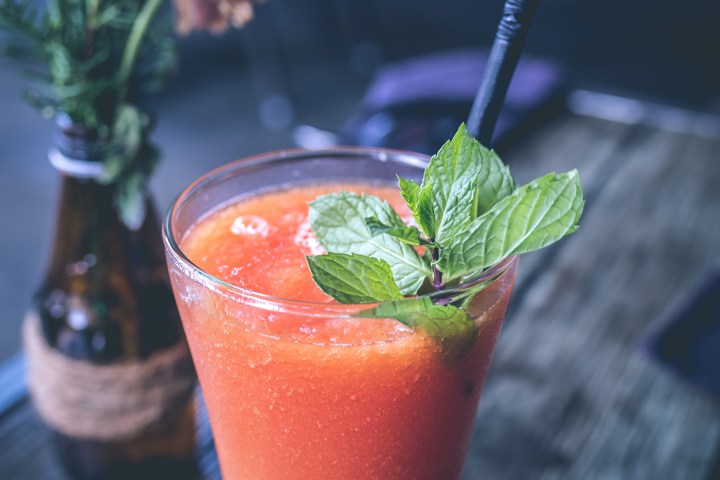
Drop everything and pick up a glass of wine. Science may have finally come through for us. A professor from UCLA has designed “an antidote that could help people enjoy wine or cocktails or beer without a hangover.”
According to Yunfeng Lu, a professor of chemical and biomolecular engineering in the Los Angeles university, there is now a solution to that all-powerful, all-consuming hangover, and it has been tested (successfully) in mice. In tests, Lu and fellow professor Cheng Ji, an expert in liver diseases from Keck School of Medicine at the University of Southern California, and Lu’s graduate student Duo Xu, found that the treatment decreased the blood alcohol level in inebriated mice by 45 percent in four hours.
More impressively, the concentration of acetaldehyde, the carcinogenic compound that is responsible for causing headaches and vomiting during bouts of irresponsible drinking, “remained extremely low” in treated mice. And finally, Lu’s team found that the mice who were treated with the compound awoke from their alcoholic slumber more quickly than mice who did not receive the treatment.
This is key because the ability to break down alcohol more efficiently is linked to earlier wake times, and also prevents alcohol poisoning (which means it’s keeping your liver safe). As it stands, Lu is conducting further tests to ensure that his treatment is safe and does not cause any “unexpected or dangerous side effects.” Should animal tests continue to go well, human clinical trials could begin as early as next year.
Best of all, perhaps, is the fact that this treatment comes in the form of a simple pill, which means that preventing a hangover is in fact easier than grabbing a drink. Lu and his team created capsules filled with natural enzymes found in the liver that help the body process alcohol more efficiently. In total, the team chose three natural enzymes that turn alcohol into “harmless molecules” that are ultimately excreted by the body. To protect the enzymes, the scientists wrapped them each in an FDA-approved shell approved for pills. In their tests, these nanocapsules were injected into drunk mice’s veins, where they made their way through the bloodstream and ultimately to the liver.
“As a chemical engineering professor and wine enthusiast, I felt I needed to find a solution [to hangovers],” Lu noted. “As frivolous as this project may sound, it has serious implications.” For example, he pointed out, “Between 8 and 10 percent of emergency room visits in America are due to acute alcohol poisoning,” and worse still, “alcohol is the leading risk factor for premature deaths and disability among people aged 15 to 49.”
While the hangover treatment is by no means a panacea to alcohol abuse, it may serve as a safety measure that can reduce the adverse side effects of a few too many nights of fun. In the meantime, Lu encourages us to continue to drink safely and responsibly.


